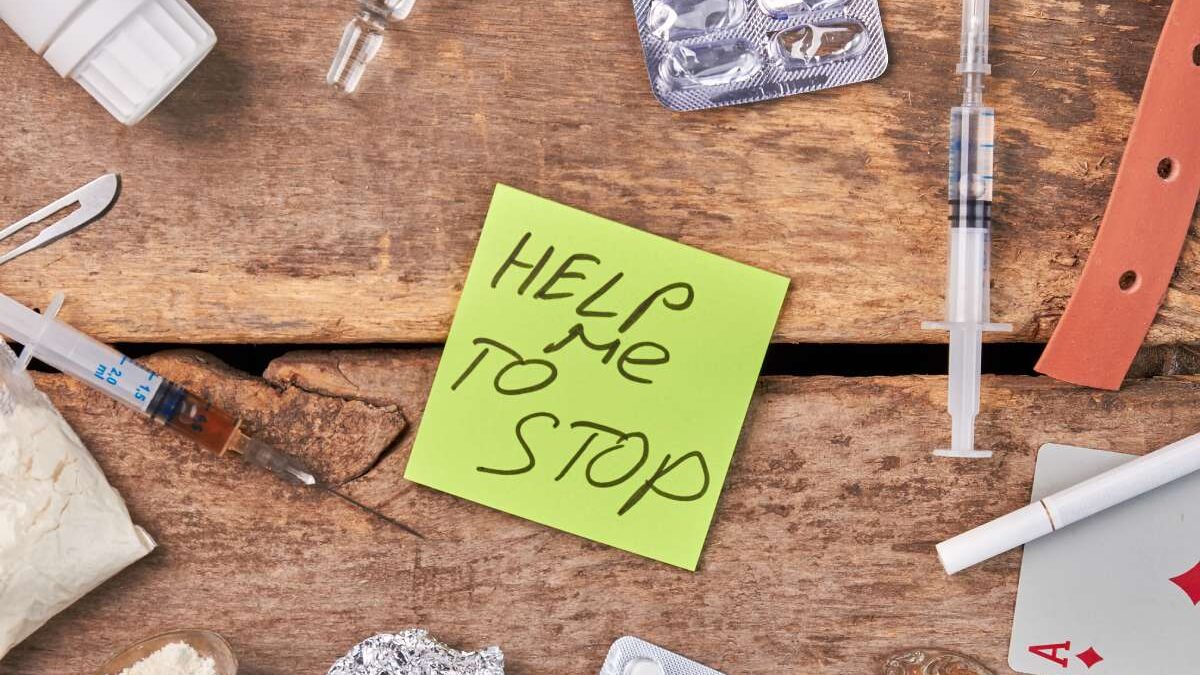Substance abuse, whether with alcohol or drugs, can be an extreme challenge for both the individual and their families. According to the National Survey on Drug Use and Health, approximately 19.7 million American adults suffered from substance dependency in 2017. Adults, however, aren’t the only ones who fall victim to this form of addiction. Substance abuse amongst teenagers aged twelve—seventeen saw high numbers of 992,000. If these figures don’t alarm you, the fact that 700,000 Americans, since 2000, have lost their lives to a drug overdose might.
Substance abuse is a serious issue, and while it may be difficult to even consider seeking help, it’s key to note that studies have suggested it to be a treatable disorder; this means that recovery may be possible. It’s important to understand, however, that recovery doesn’t necessarily mean a complete cure, but adopting effective means as a way to manage the addiction and release its grip on your life.

Drug rehab facilities seem to be a common place to start when seeking help for the variety of services and support systems they offer. Individuals are also able to leave at any time they please; this feeling of freedom can further aid in their improvement.
The following are important components to be mindful of when looking for a rehab facility:
Table of Contents
What they offer:
A good place to start when determining the most suitable facility for you is to research the services and potential treatments that they offer. If your desired rehabilitation plan involves a particular program and/or niche area, then immediately gauging whether it’s included or not can save you time. It’s important to note that individual anxieties and needs are taken into consideration, as one form of help may not be suitable or effective for all.
Facilities such as Dana Point Rehab Campus typically provide patients with a “treatment plan”; this may involve the following areas:
- Coping mechanisms
- Holistic therapy
- Physical therapy
- Behavioral modification
- Psychological care
- Drug-refusal strategies
- Impulse control
- Drug detoxification
Qualifications/staff credentials
It’s vital to ensure that the staff, therapists, and coaches on-site are all adequately trained with the appropriate licenses, credentials, and resources. Patients should be treated with respect and guaranteed that their carers are abiding by ethical standards and codes of conduct.
Some of Australia’s private self-regulated models, for example, have met criticism as they set and follow their own standards, which can often lead to inadequate protection of patients and/or insufficient health results. Government-regulated public rehab facilities have also been suggested to lack efficient resources in order to appropriately aid the community. Therefore, it’s essential to determine whether they are a highly qualified drug rehab center or not.
Amenities
Your personal taste will obviously play a significant role in choosing a facility. Some centers deck themselves out and present themselves like high-class hotels. Others provide a less extravagant exterior but still include a myriad of amenities to keep you comfortable and occupied.
Recreation
Rehabilitation can be a rollercoaster of emotions, and therefore, it’s sometimes important to shift your focus. Asking if a center offers recreational activities is key, as it may not only benefit your mental and physical state but also allow you to meet and connect with others at the center.
Quality reviews/recommendations
Facilities can fancy up their websites and speak highly of themselves until the cows come home, but hearing authentic feedback from previous/current patients is often more accurate. If individual raves about the quality of an institution and rates it highly, then you’re more likely to trust in that facility and their capabilities.
End-game results aren’t always what make a rehab center top-tier; the level of comfort and understanding that they provide must be taken into consideration.
Length of program
Determining how long you’d like to undergo treatment for is essential, as it will help you to prepare. As a basic guide, programs are usually said to last between 30 and 90 days. However, this is dependent on the services that you receive. Detox, for example, can take around 4 days, while outpatient treatment can take up to 130 days. Assessing the length of programs offered will help you to choose more wisely.
It’s also vital to determine whether you’ll be an inpatient (temporarily living at facility) or outpatient (lives at home but visits the facility during the day).
Cost
The cost of rehab varies. Financial aids, however, such as Medicare and Private Health Insurance, are worth considering. There are usually a few options available to you, regardless of your income level. That said, it’s always important to compare and contrast facility fees, as some may be overpriced.
Final thoughts
Choosing the right drug rehab facility can be an overwhelming task, considering that each offers slightly different services. Seeking reputable reviews and confirming that the facilities are adequately qualified are wise initial steps to take.

